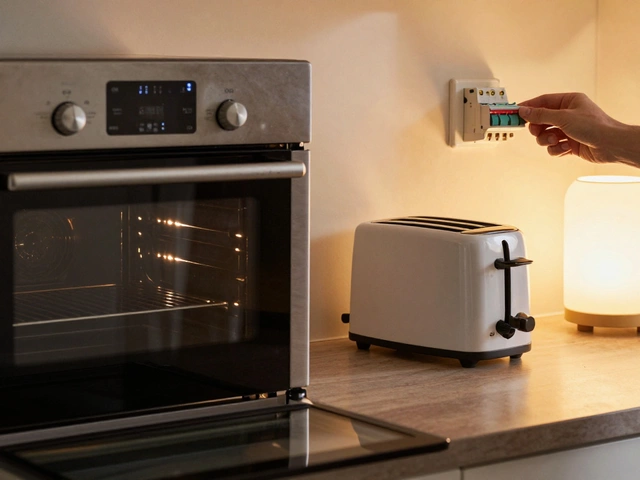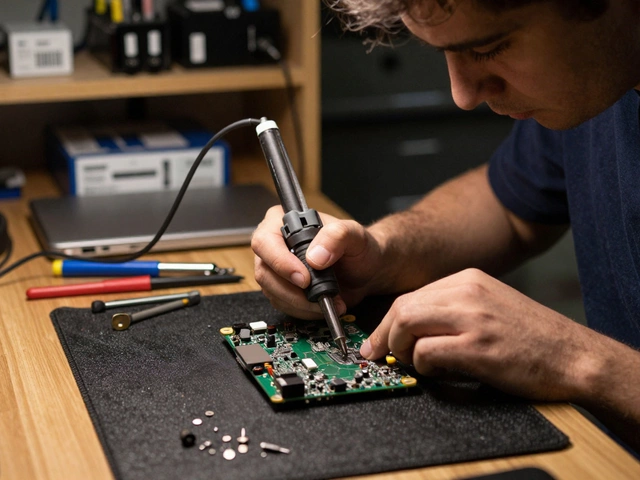Water Heater Element: Quick Fixes and When to Call a Pro
If your shower feels like an arctic plunge or the tank keeps tripping the breaker, the culprit is often the heating element. This metal coil sits inside the tank and turns electricity or gas into hot water. When it fails, you lose hot water fast and your energy bill can jump. Knowing the signs and how to swap the part can save you time and a hefty repair bill.
Common Signs Your Element Is Going Bad
First clue: lukewarm water even after the heater has been running for an hour. A healthy element heats water to the temperature you set, usually 120‑140°F. If you notice a steady drop in temperature, the element may be coated with mineral buildup or burnt out.
Second clue: strange noises. A sizzling or popping sound often means the element is overheating because of scale or a loose connection. Finally, keep an eye on the electric breaker. A constantly tripping breaker is a red flag that the element is short‑circuiting.
Step‑by‑Step Replacement Guide
Before you start, turn off the power at the main fuse box (or shut the gas valve for a gas model) and let the tank cool for at least an hour. Drain a few gallons of water using the faucet at the bottom of the tank – a garden hose attached to the drain valve works well.
Next, locate the element(s). Most tanks have one element at the top and another at the bottom. Use a screwdriver to remove the screw holding the element in place and pull it out. Take note of the wiring layout – a quick photo helps when you reconnect.
Swap in the new element, tighten the screw snugly (but don’t over‑tighten), and reconnect the wires exactly as they were. Re‑fill the tank, restore power or gas, and wait for the heater to fire up. Within 30‑45 minutes you should have steady hot water again.
If the heater still won’t heat, the thermostat or the control board could be at fault, and it’s time to call a professional. But for many homeowners, the element is the easy‑fix part.
Regular maintenance can keep the element healthy longer. Flushing the tank once a year removes mineral deposits that cause scaling. Adding a water softener if you have hard water also reduces wear on the element.
In summary, a failing water heater element shows up as cold showers, odd noises, or a tripping breaker. With a few tools, a bit of patience, and the right safety steps, you can replace it yourself and restore hot water fast. When in doubt, or if you spot a burned‑out element with cracked housing, call a qualified repair service to avoid further damage.
Signs of a Faulty Hot Water Heater Element and How to Identify Them
- Alden Wilder
- Oct 31 2024
- 0 Comments
Understanding how to identify a bad hot water heater element can save you from unexpected cold showers and costly repair bills. This article delves into the common signs indicating a faulty element, such as inconsistent water temperature and increased energy bills. Learn simple methods to diagnose and test the element at home with basic tools. Regular maintenance tips are also provided to prolong the lifespan of your water heater and prevent future issues. Explore these practical insights to keep your water heater running efficiently.
View More




